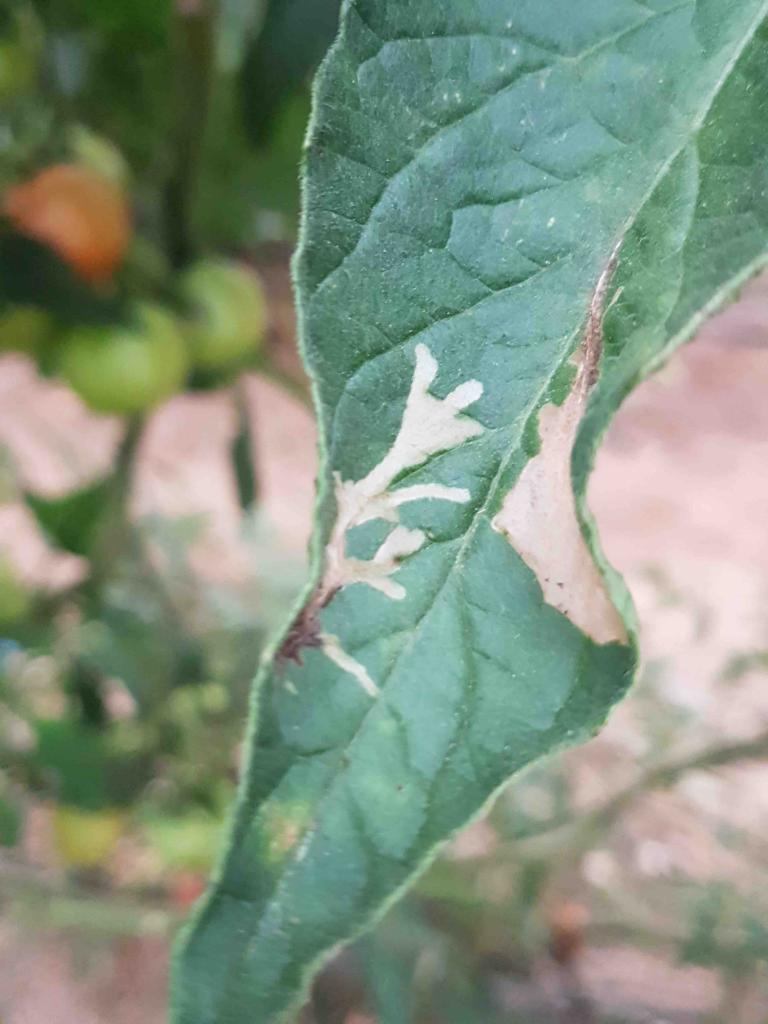Tuta Absoluta Alert
In the beginning, the most obvious signs show on the foliage in the form of tunnels that may resemble leafminer symptoms. Soon enough, the tunnels will become much larger and greater than leafminer tunneling, which appears substantially different.
Tomato leafminer is a species of moth. It is a serious pest, especially on tomato crops, in large parts of the world. Infestation can result in up to 100% yield losses.
The caterpillars can attack ripe fruits, but they have a tendency to attack unripe, green fruits. Cherry tomato varieties are less likely to be affected.
Spraying applications is based on sightings of the caterpillars or the adults (for those who use monitoring traps). Further in the season, spraying is based on the level of infestation.
The following are a few generic names of products found throughout large parts of the world and frequently used against tomato leafminer: Flubendamide, Indoxacarb, Methoxyfenozide, Chlorantraniliprole, Lamda cyhalothrin, Bifenthrin, Lufenuron, Pyridalyl, Cypermethrin, Emamectin benzoate, and Teflubenzuron.
Spinosad-based products and bacillus thuringiensis aizawai
Careful thought should be taken when planning to use any of the above chemical marked in red.
In some cases, the existing moth caterpillars population can rapidly develop resistance to insecticides. Therefore, rotation between products based on different active ingredients is crucial.
If caterpillar populations remain unchanged after a single application of one of the chemicals marked in red, future applications won’t just be inefficient, they’ll likely wipe out the presence of any beneficial insects within the field close surroundings, thus making things even worse.
*Names marked in red are considered to be highly poisonous to beneficial insects.
*Names marked in green are considered to be organic and IPM (integrated pest management) compatible.
*Names marked in red are considered to be highly poisonous to beneficial insects.
*Names marked in green are considered to be organic and IPM (integrated pest management) compatible.
Image Gallery


